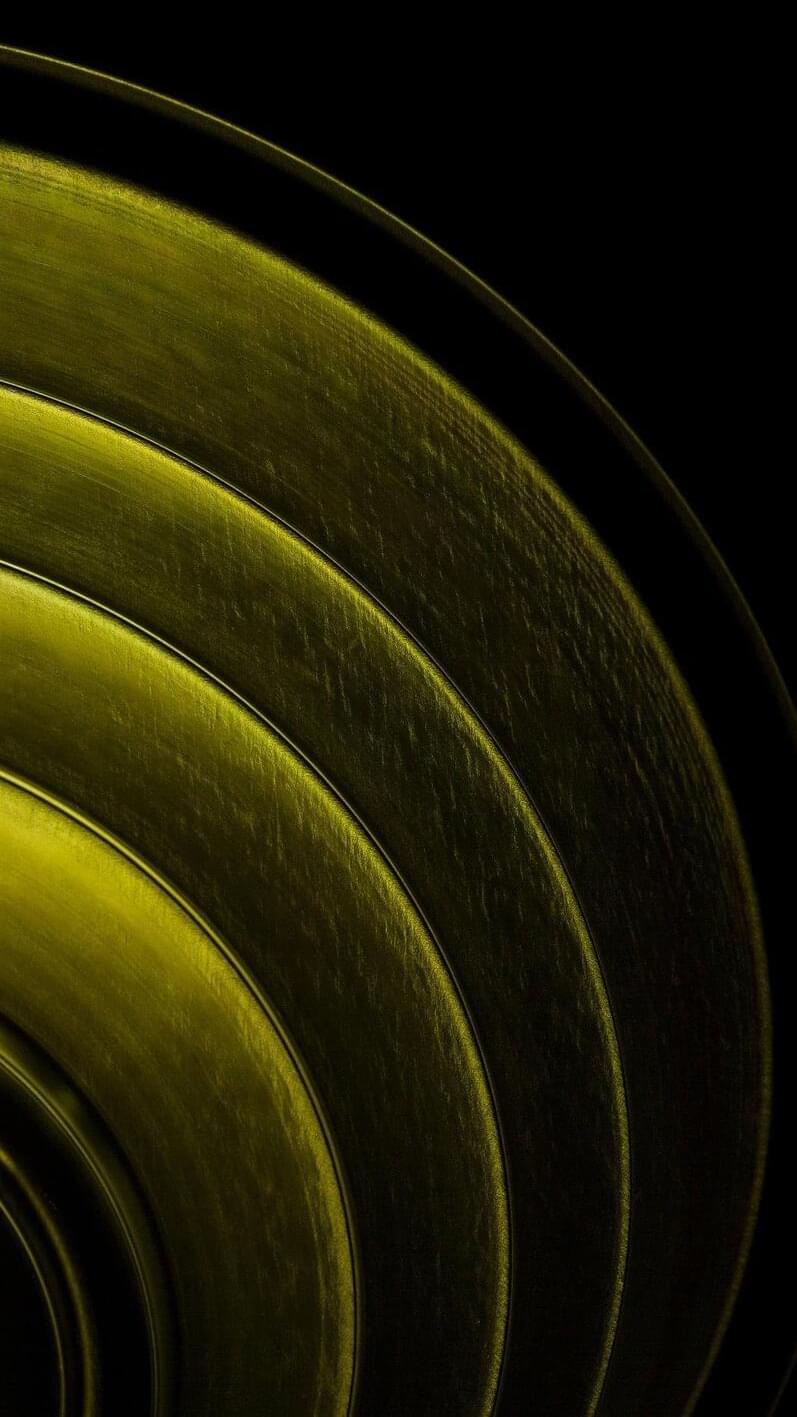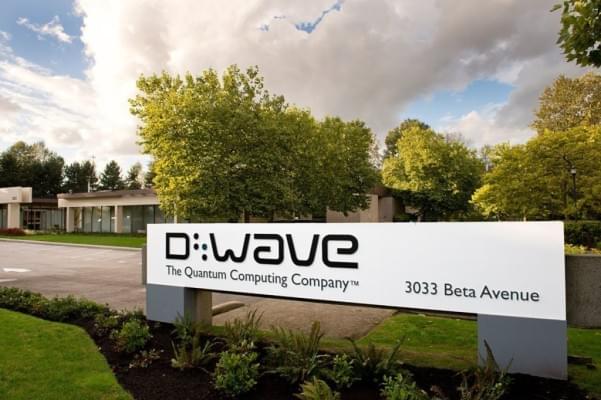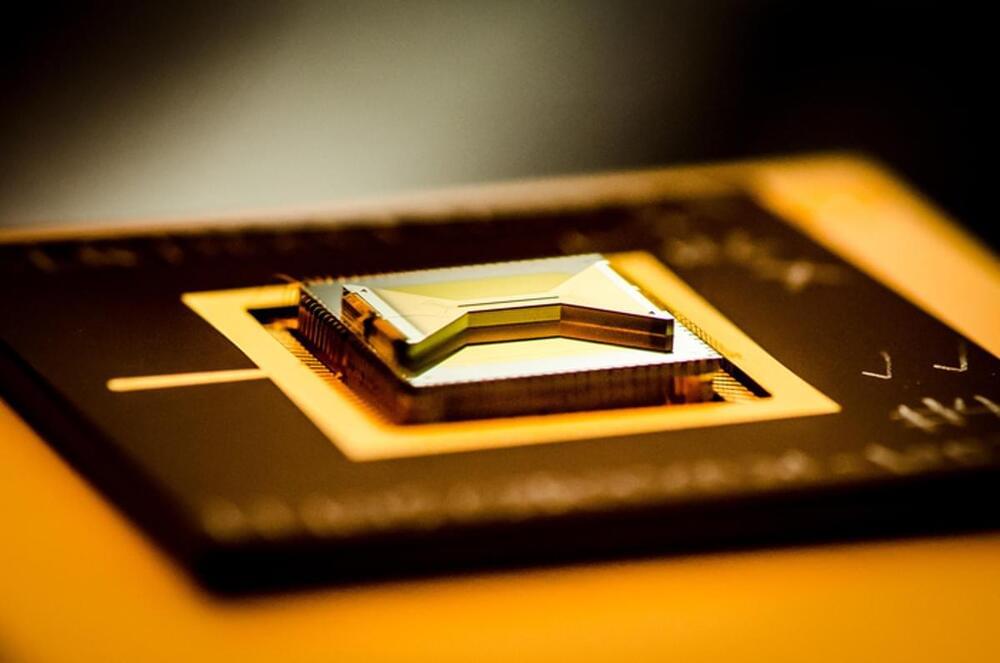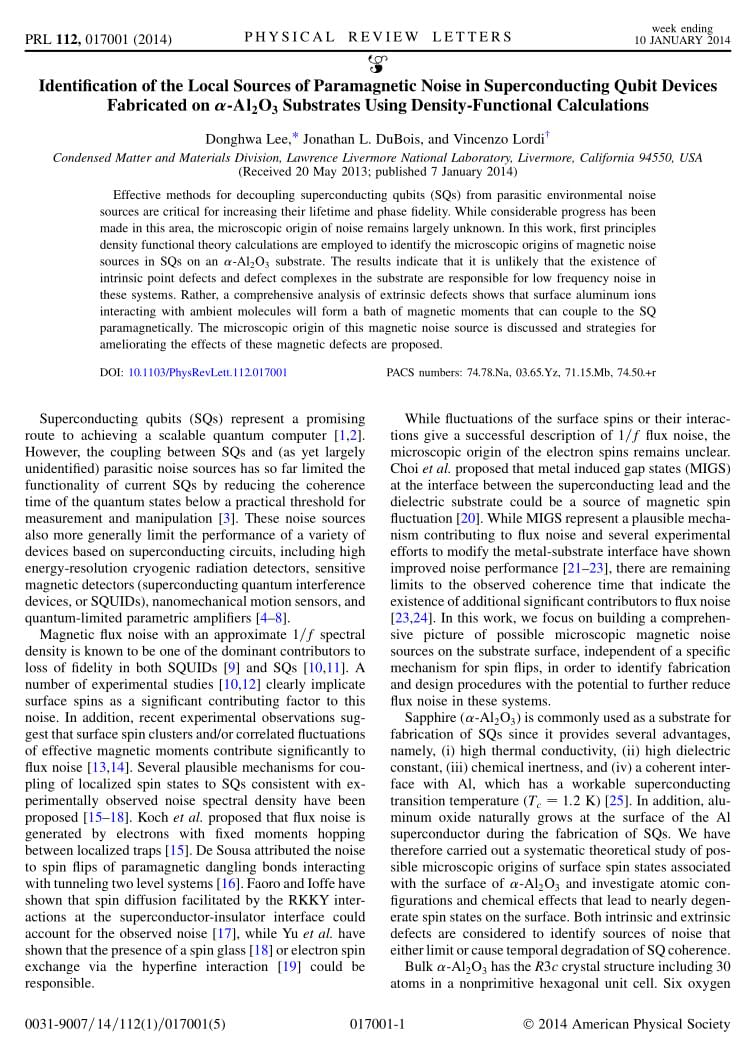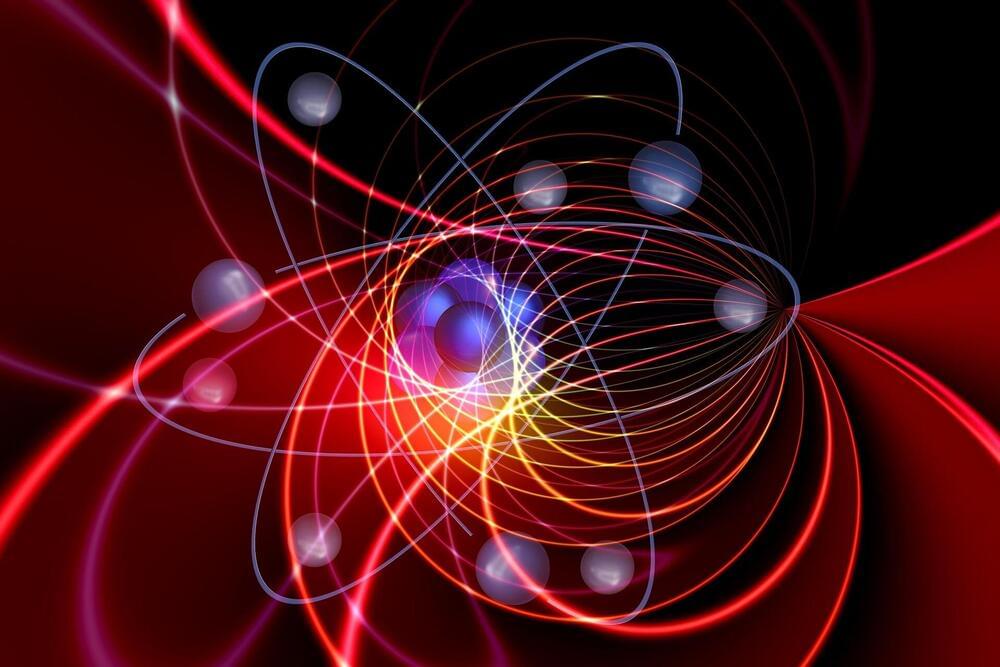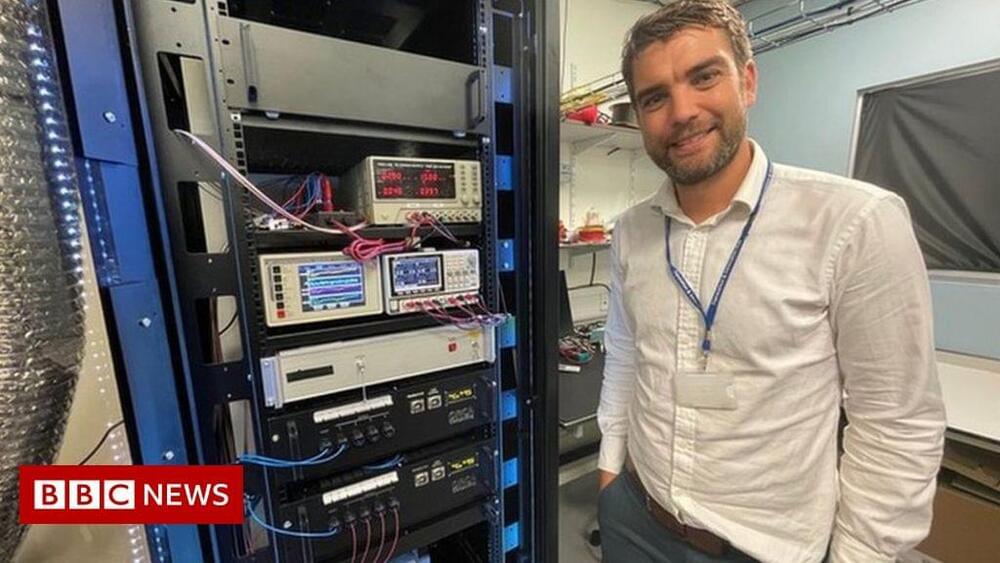Since the discovery of superconductivity in Sr2RuO4 in 1,994 hundreds of studies have been published on this compound, which have suggested that Sr2RuO4 is a very special system with unique properties. These properties make Sr2RuO4 a material with great potential, for example, for the development of future technologies including superconducting spintronics and quantum electronics by virtue of its ability to carry lossless electrical currents and magnetic information simultaneously. An international research team led by scientists at the University of Konstanz has been now able to answer one of the most interesting open questions on Sr2RuO4: why does the superconducting state of this material exhibit some features that are typically found in materials known as ferromagnets, which are considered being antagonists to superconductors? The team has found that Sr2RuO4 hosts a new form of magnetism, which can coexist with superconductivity and exists independently of superconductivity as well. The results have been published in the current issue of Nature Communications.
After a research study that lasted several years and involved 26 researchers from nine different universities and research institutions, the missing piece of the puzzle seems to have been found. Alongside the University of Konstanz, the universities of Salerno, Cambridge, Seoul, Kyoto and Bar Ilan as well as the Japan Atomic Energy Agency, the Paul Scherrer Institute and the Centro Nazionale delle Ricerche participated in the study.
